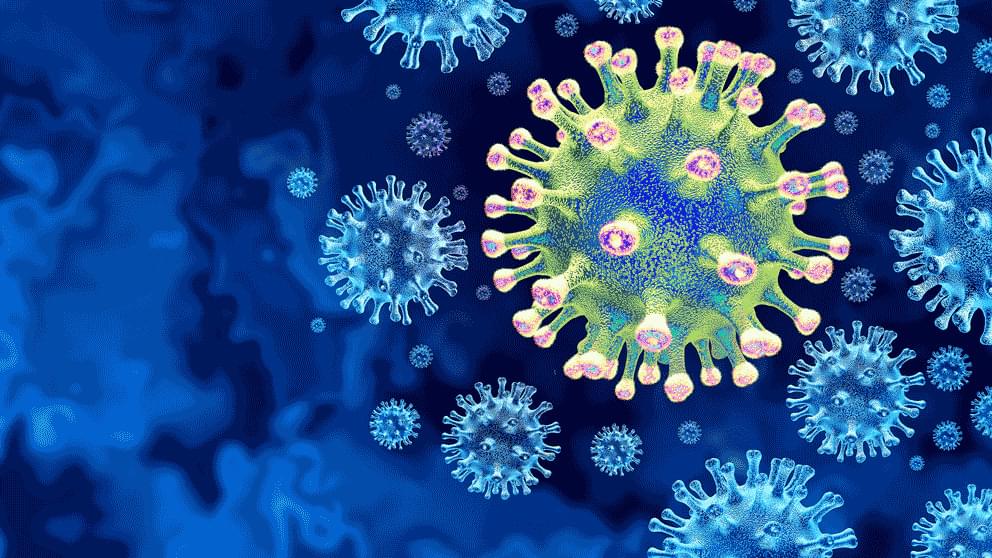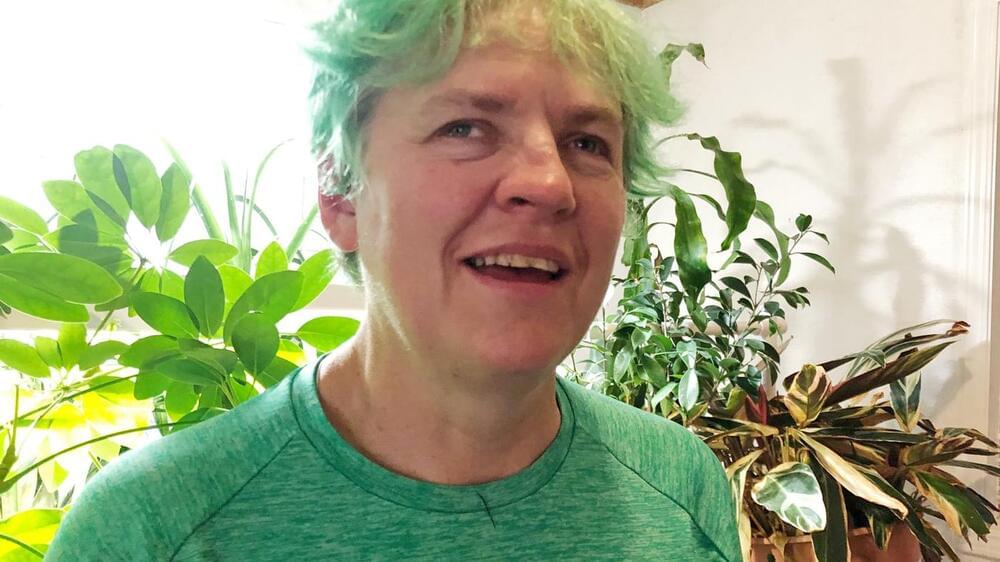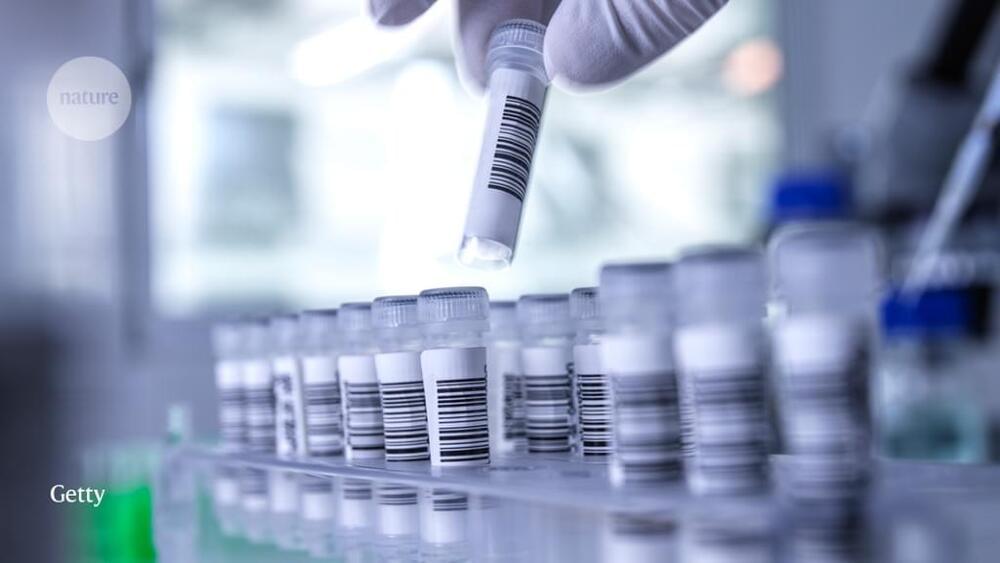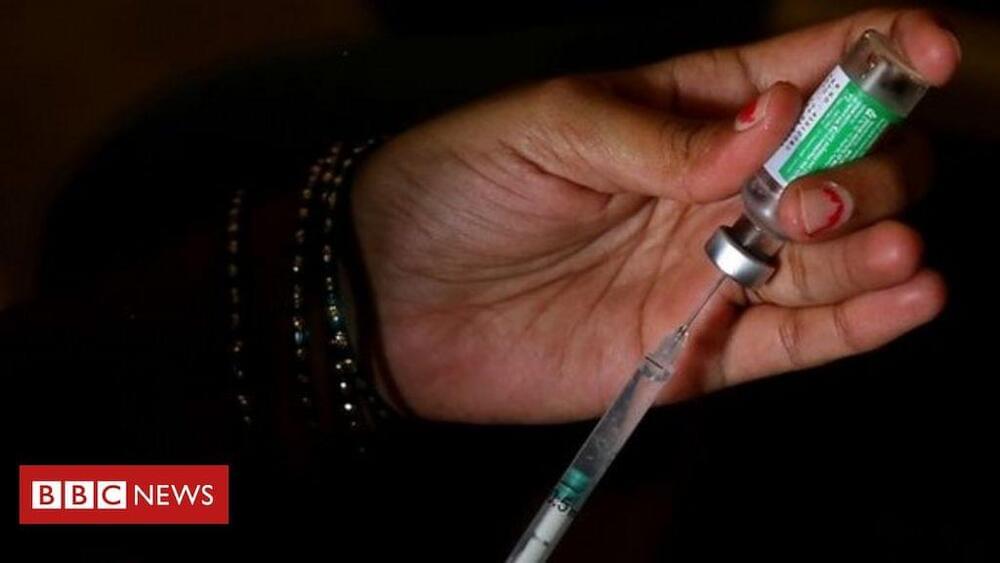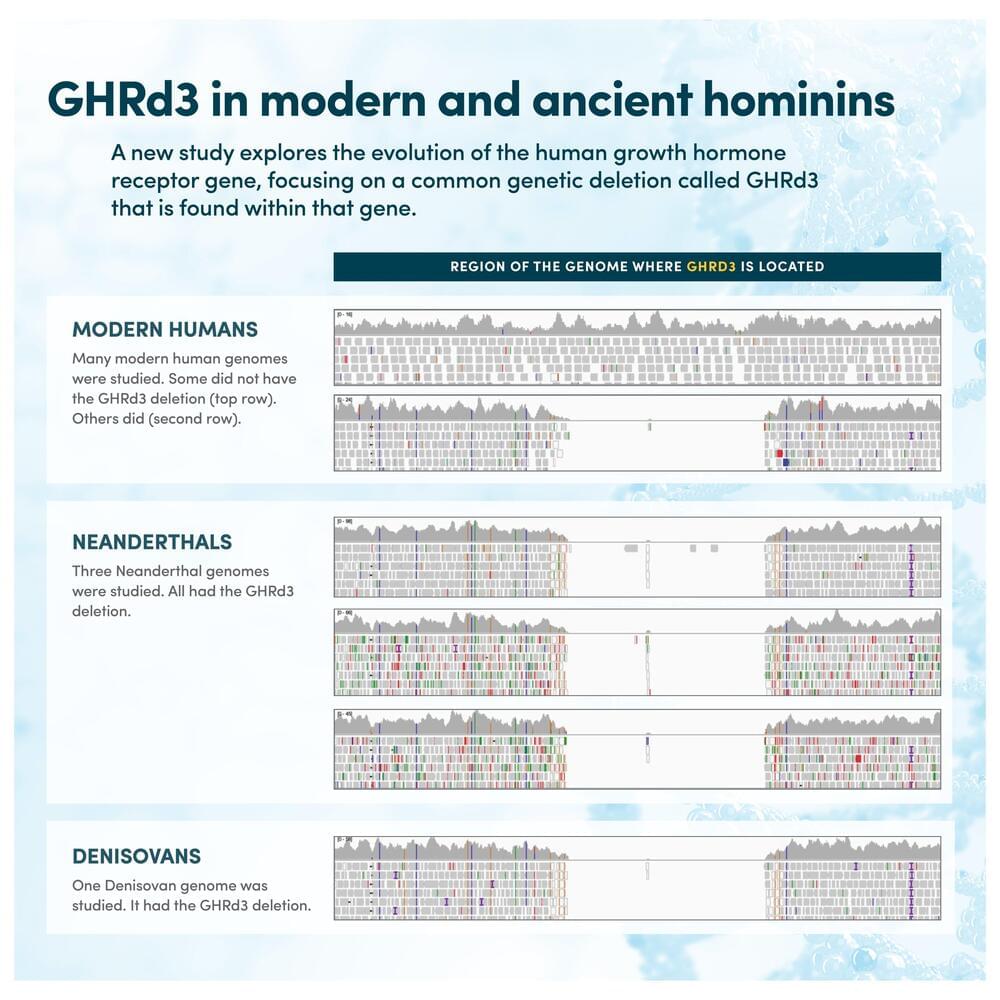New #preprint from JAX’s Nadia Rosenthal and researchers at Rocky Mountain Laboratories: “Genetically diverse mouse models of SARS-CoV-2 infection recapitulate clinical variation and cytokine responses in COVID-19”
The preprint, which has yet to be peer reviewed, shows that mice with different genetic backgrounds exhibit highly variable responses to SARS-CoV-2 infection, mirroring the large differences in #COVID19 disease severity seen in humans:
Since the advent of the COVID-19 pandemic, tremendous progress has been made in developing effective vaccines against SARS-CoV-2, the coronavirus that causes COVID-19, and in treating ill patients. Nonetheless, much more needs to be learned about SARS-CoV-2 infectivity and COVID-19 progression to lessen the continuing threat of infection, as the recent emergence and rapid spread of the delta variant has emphasized.
